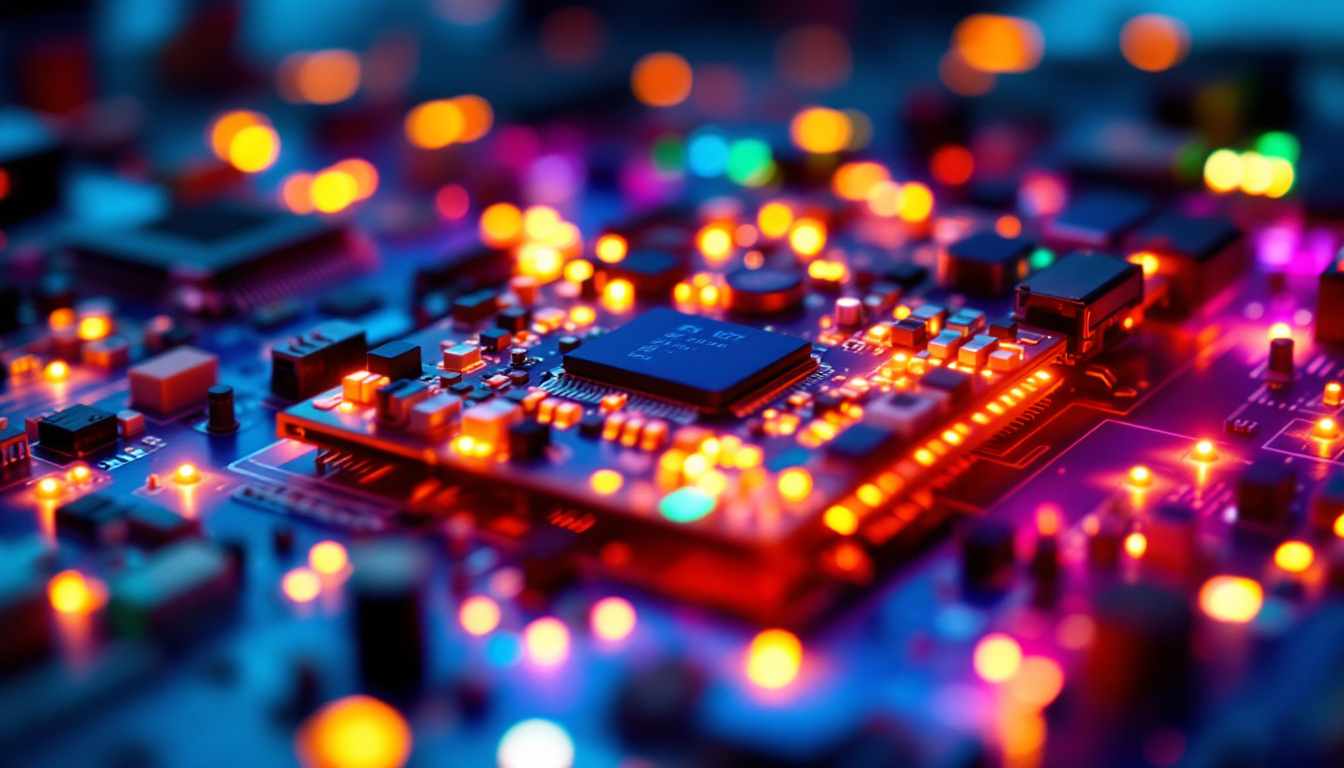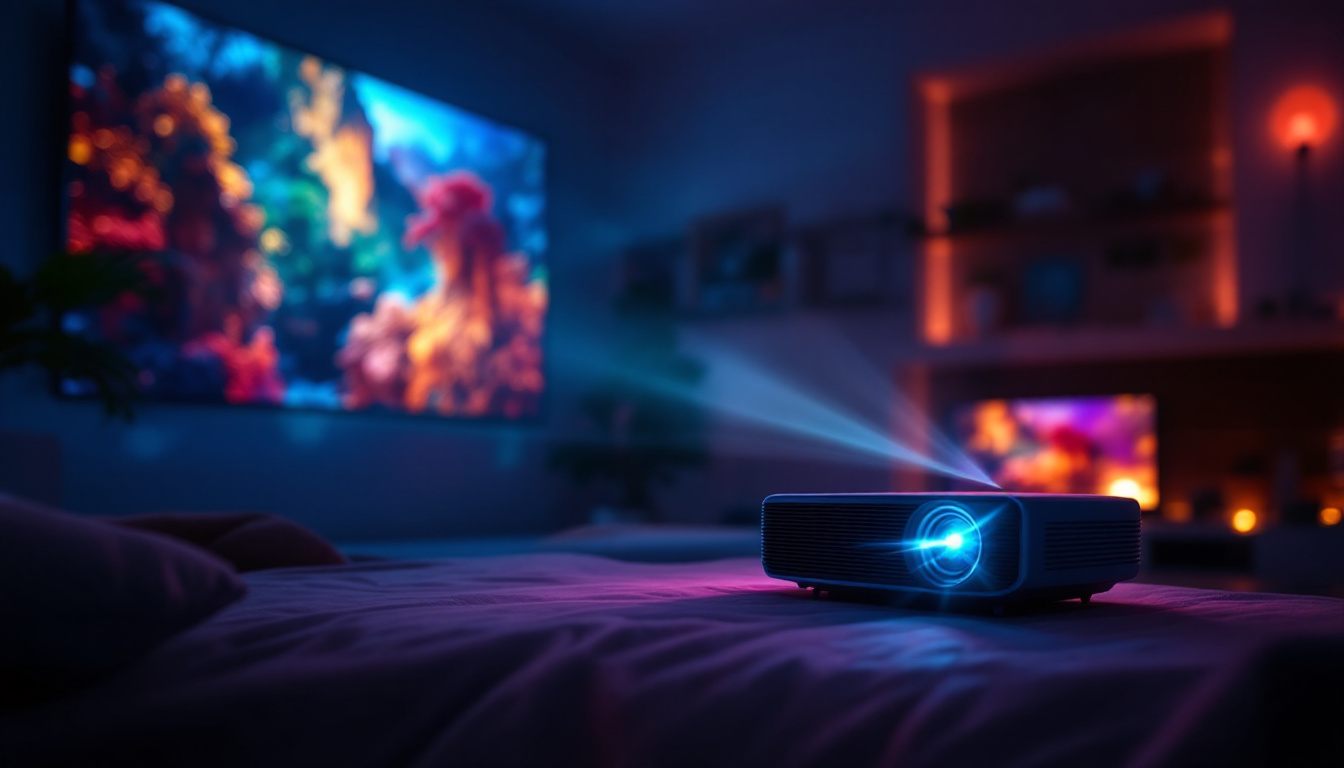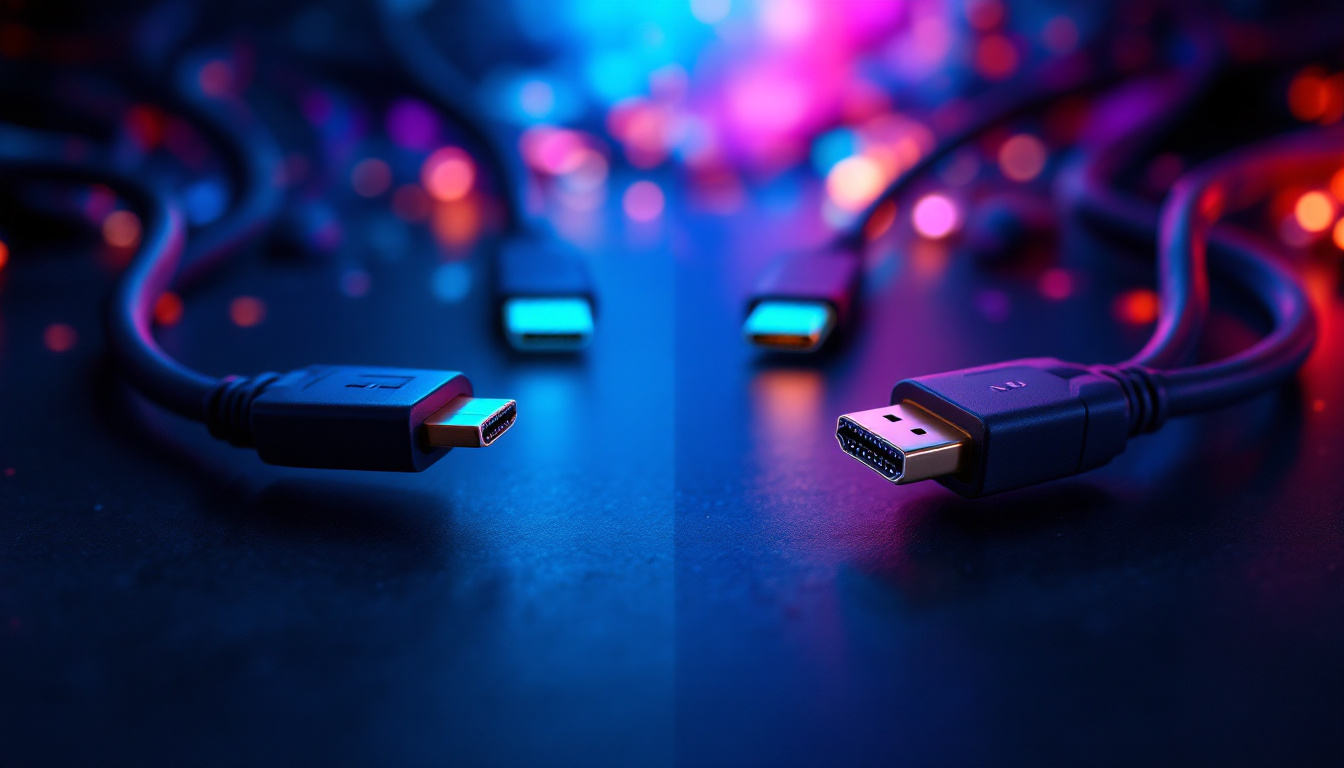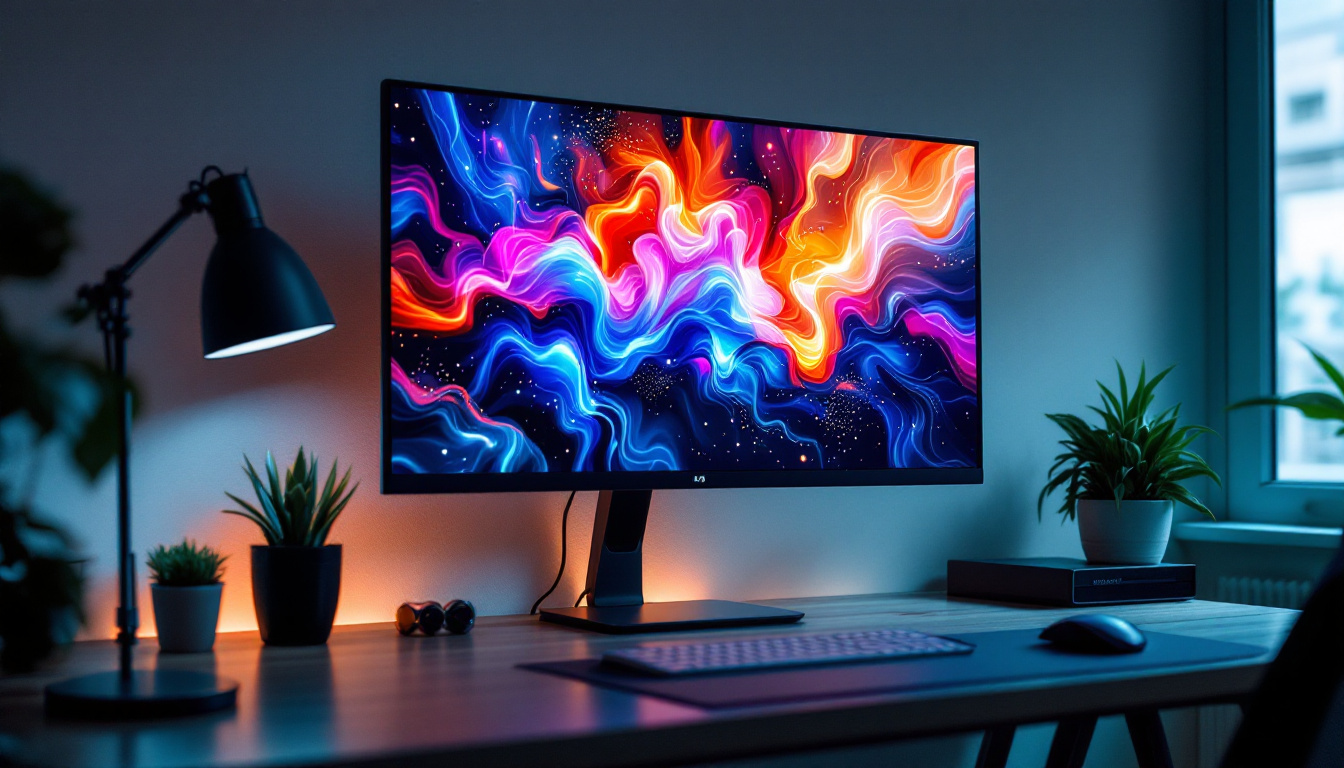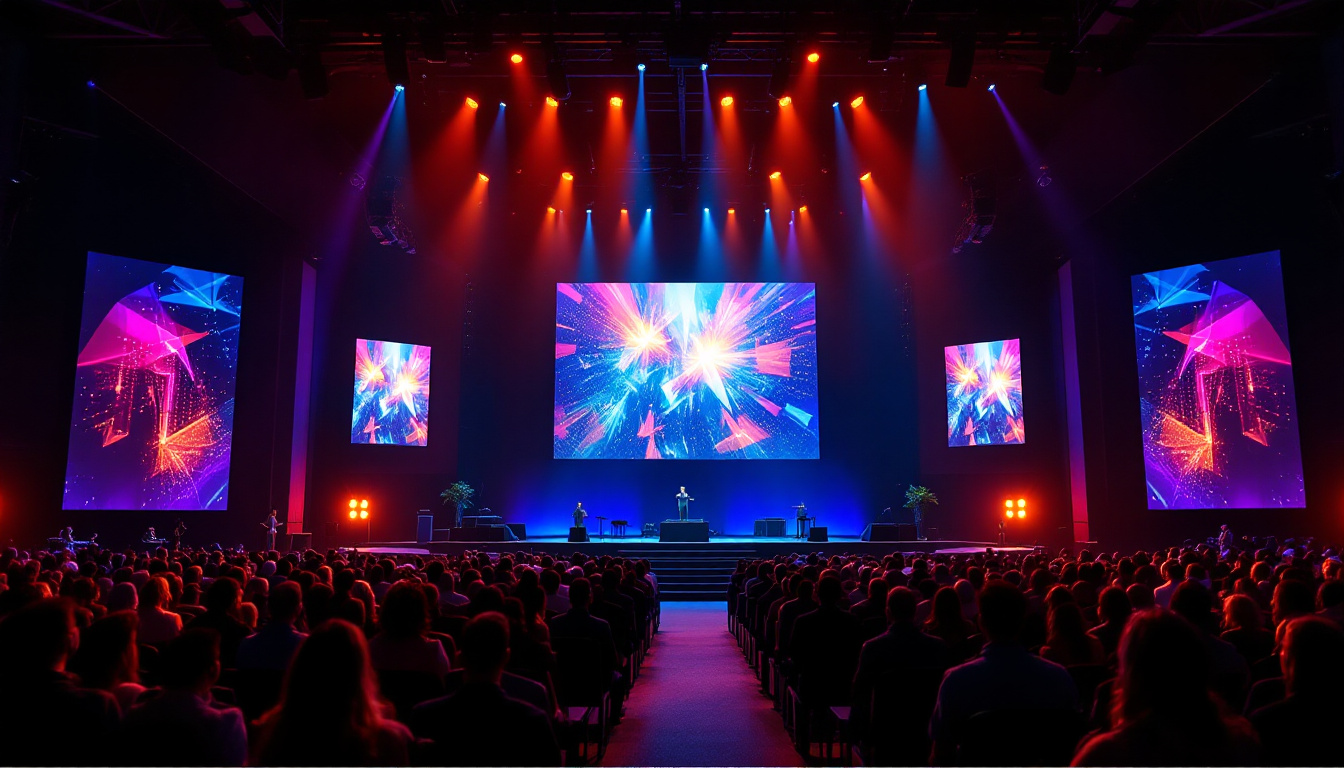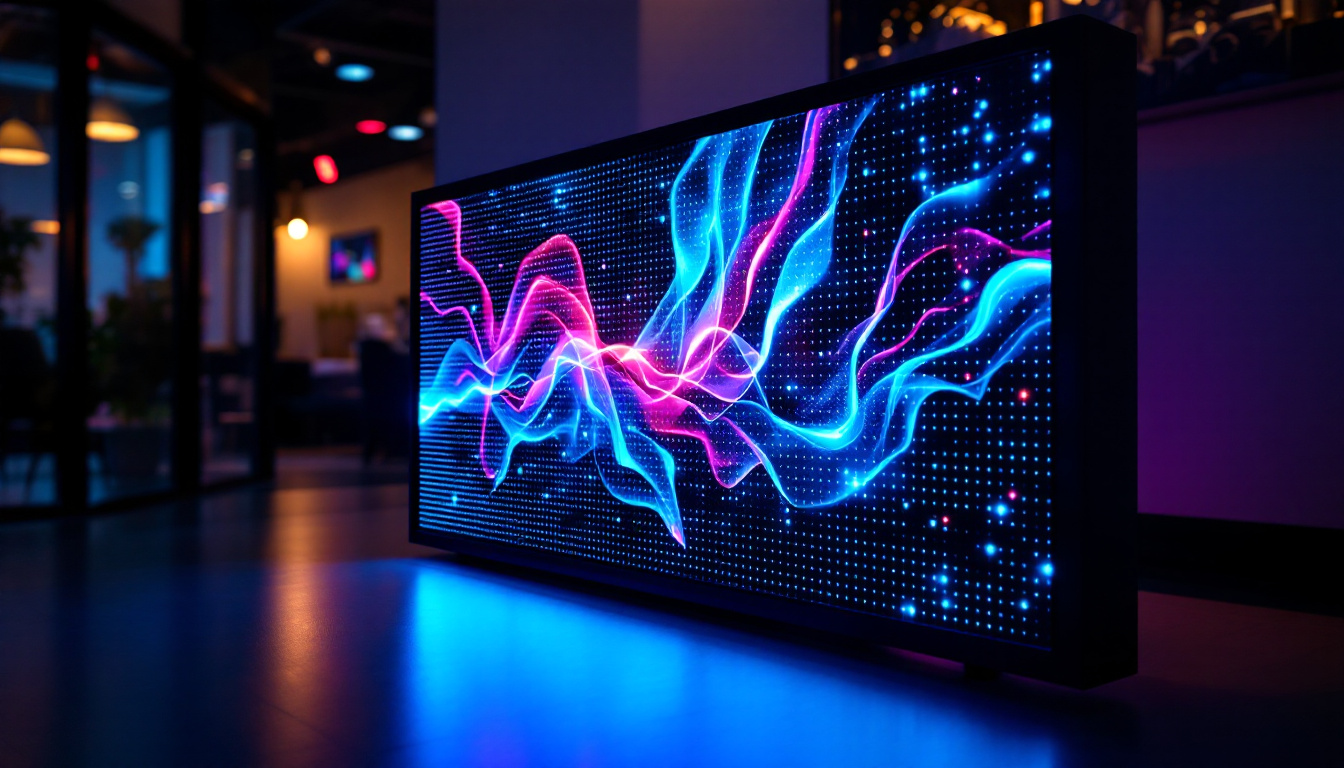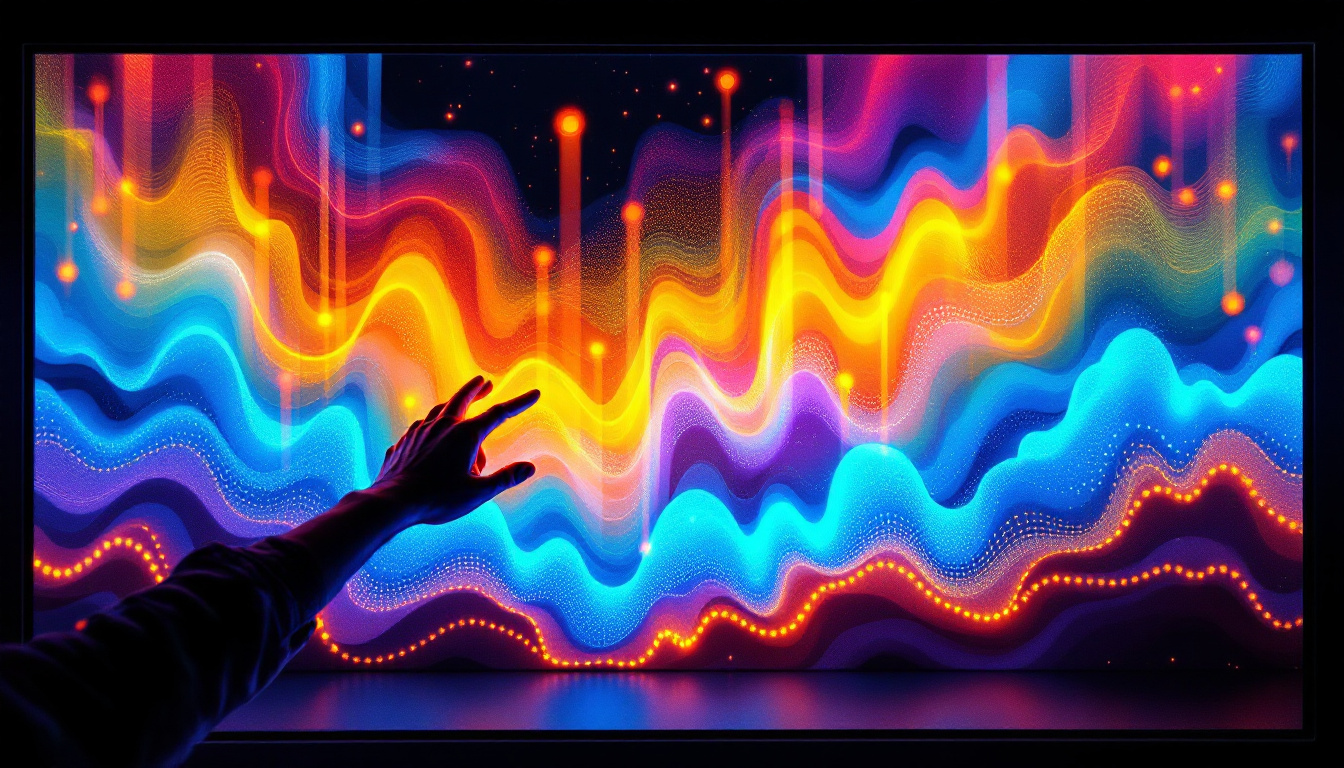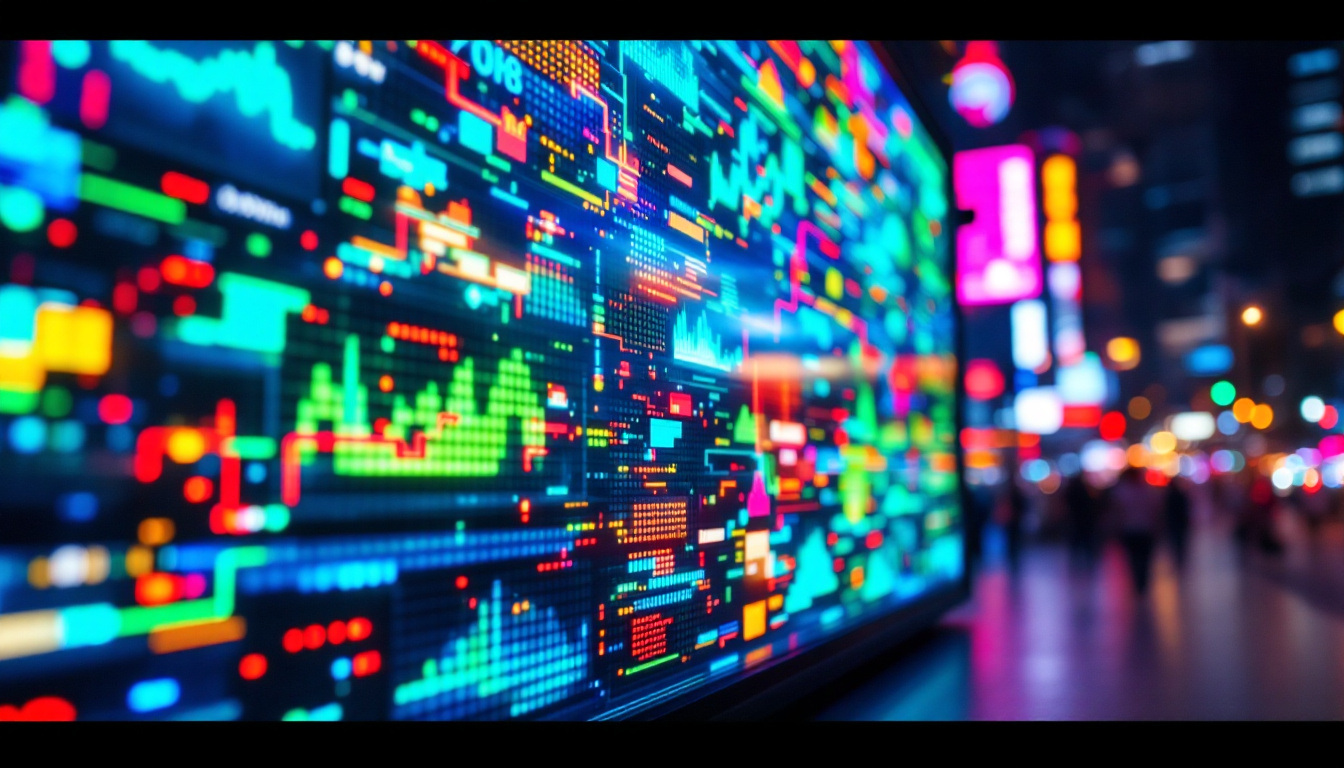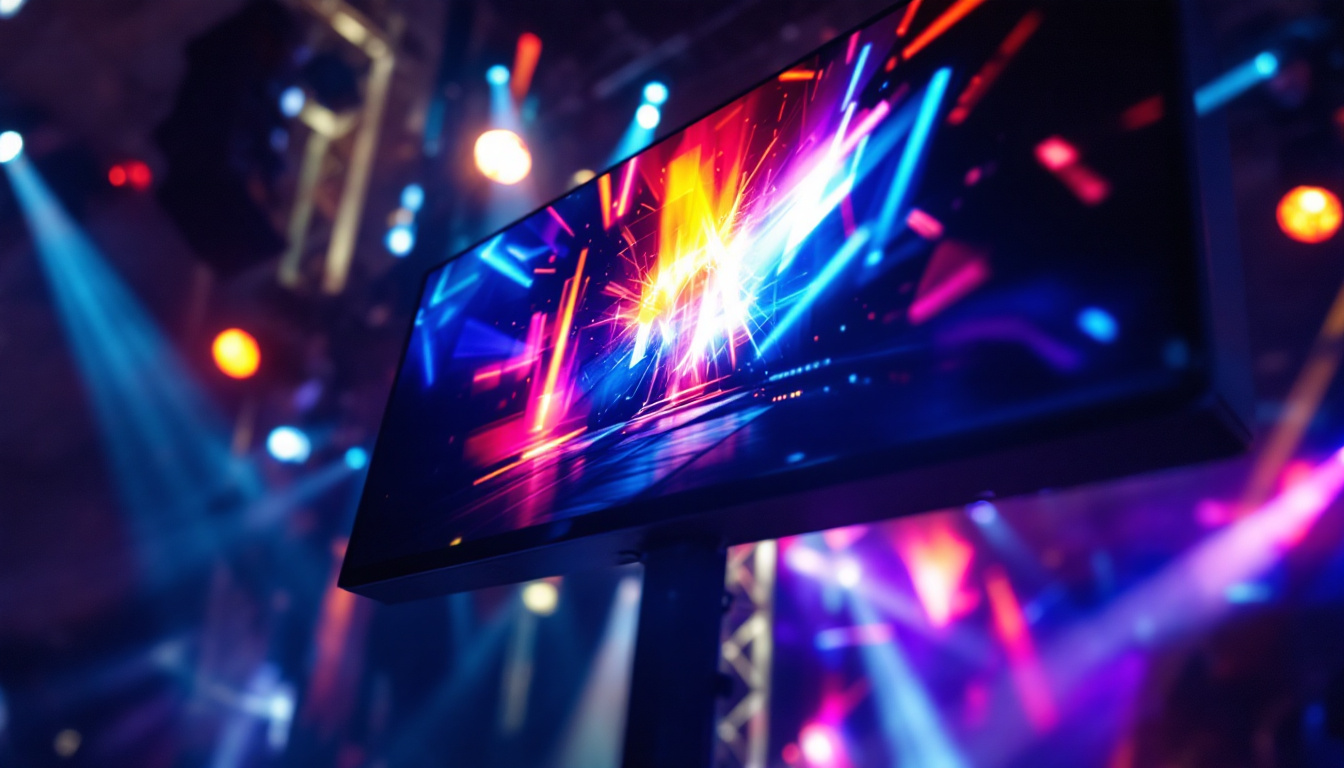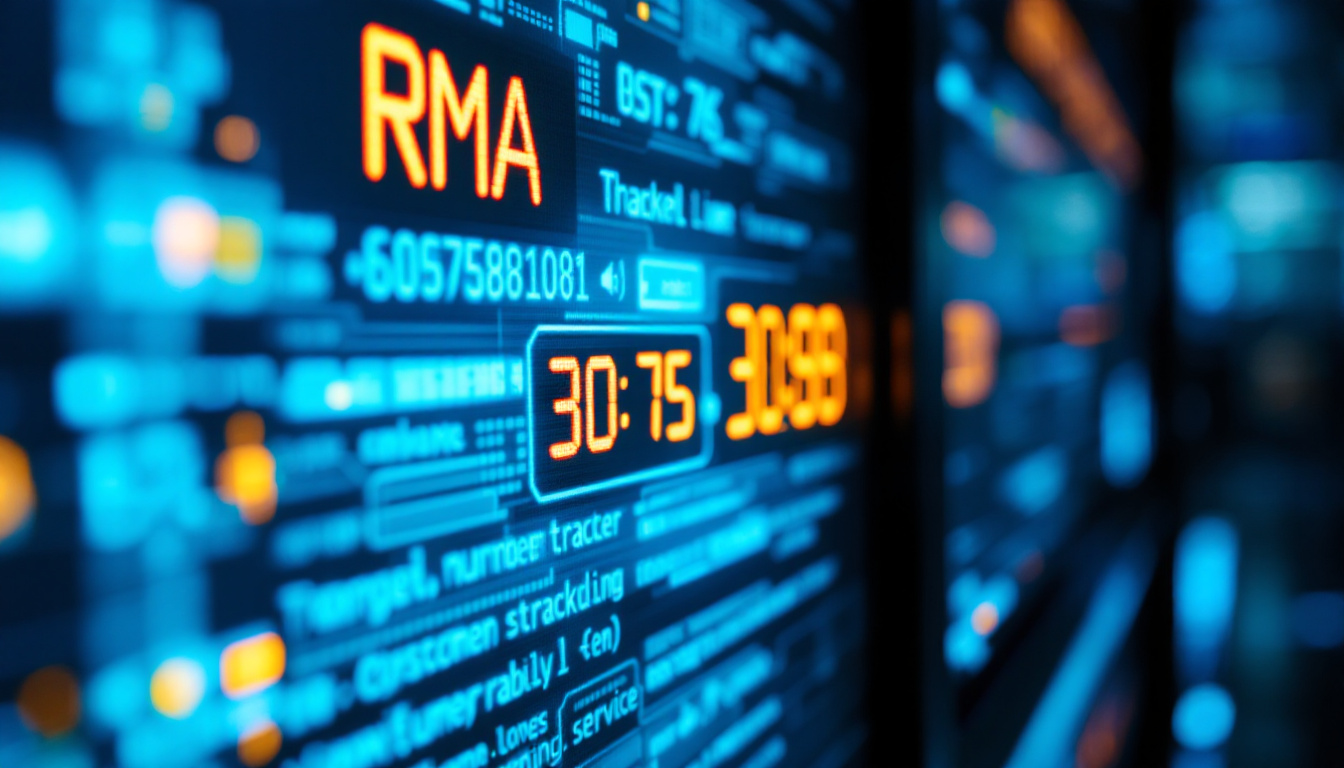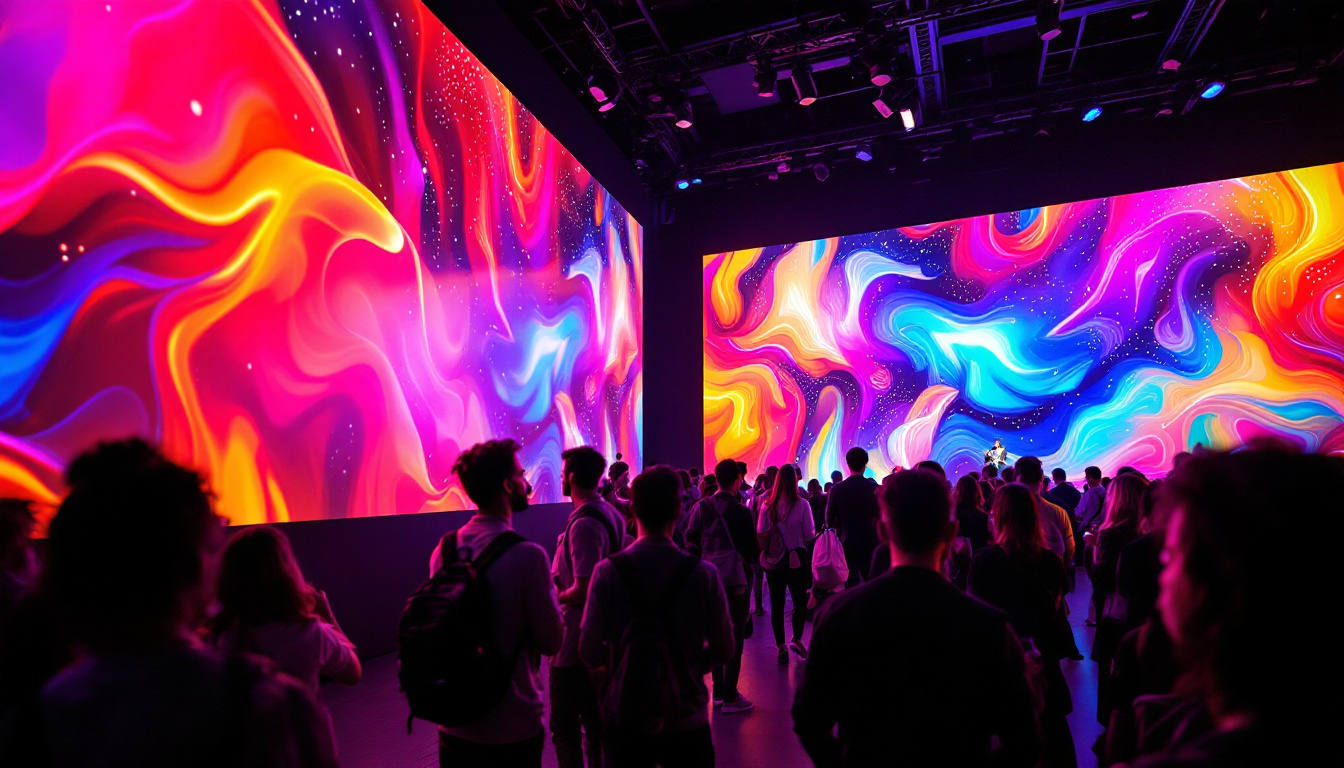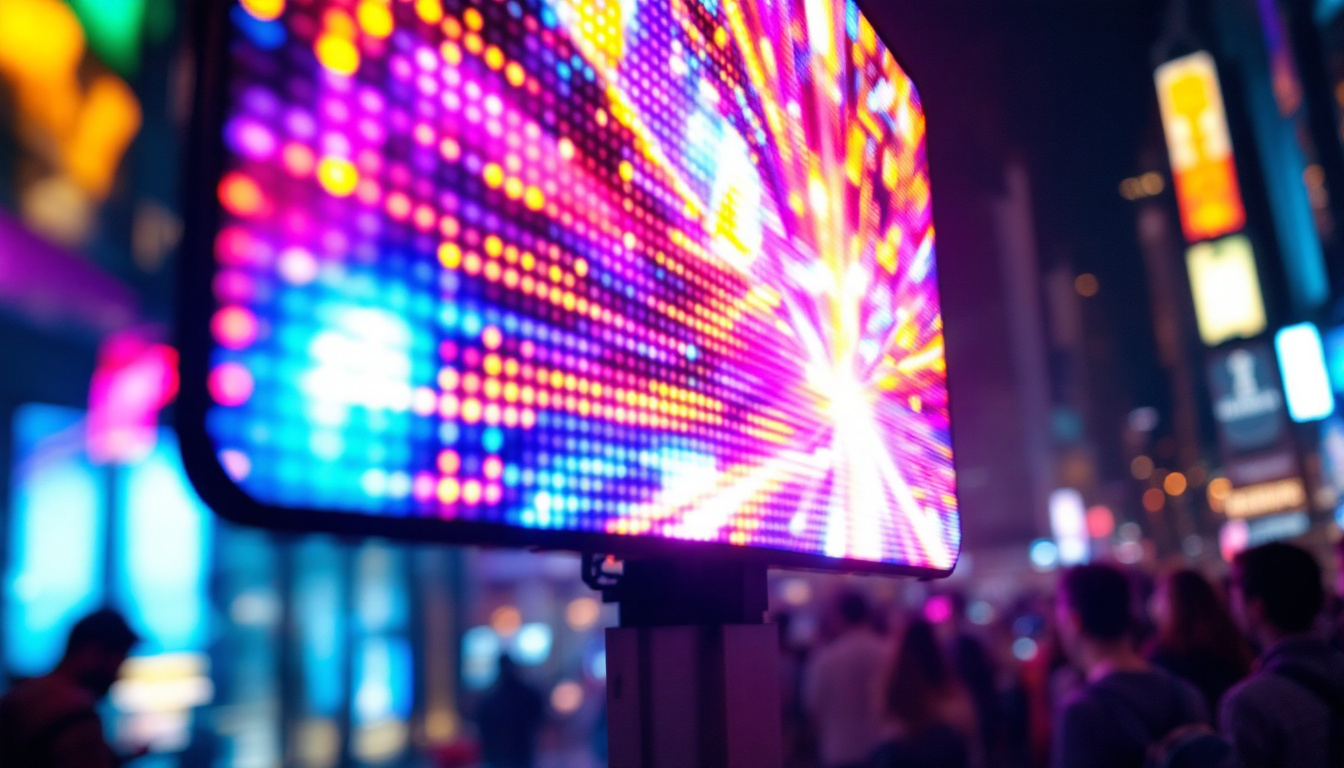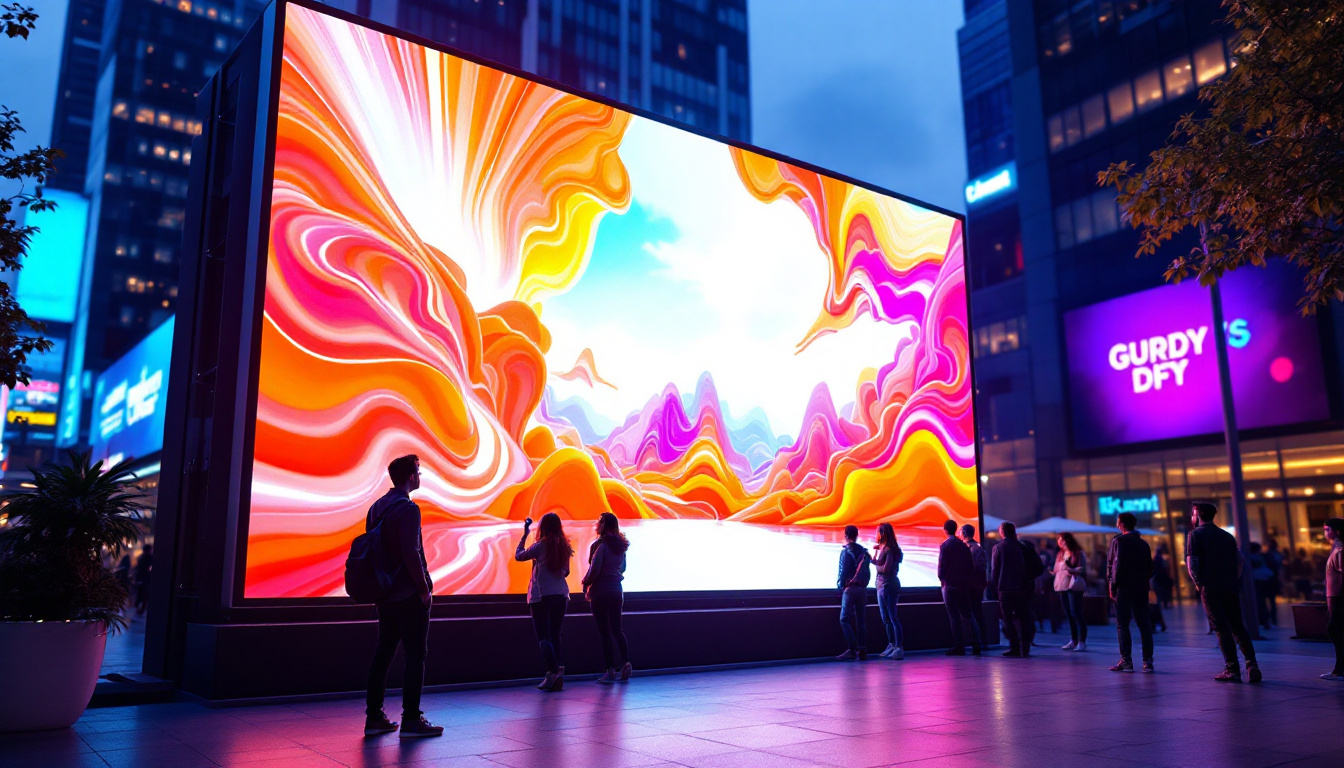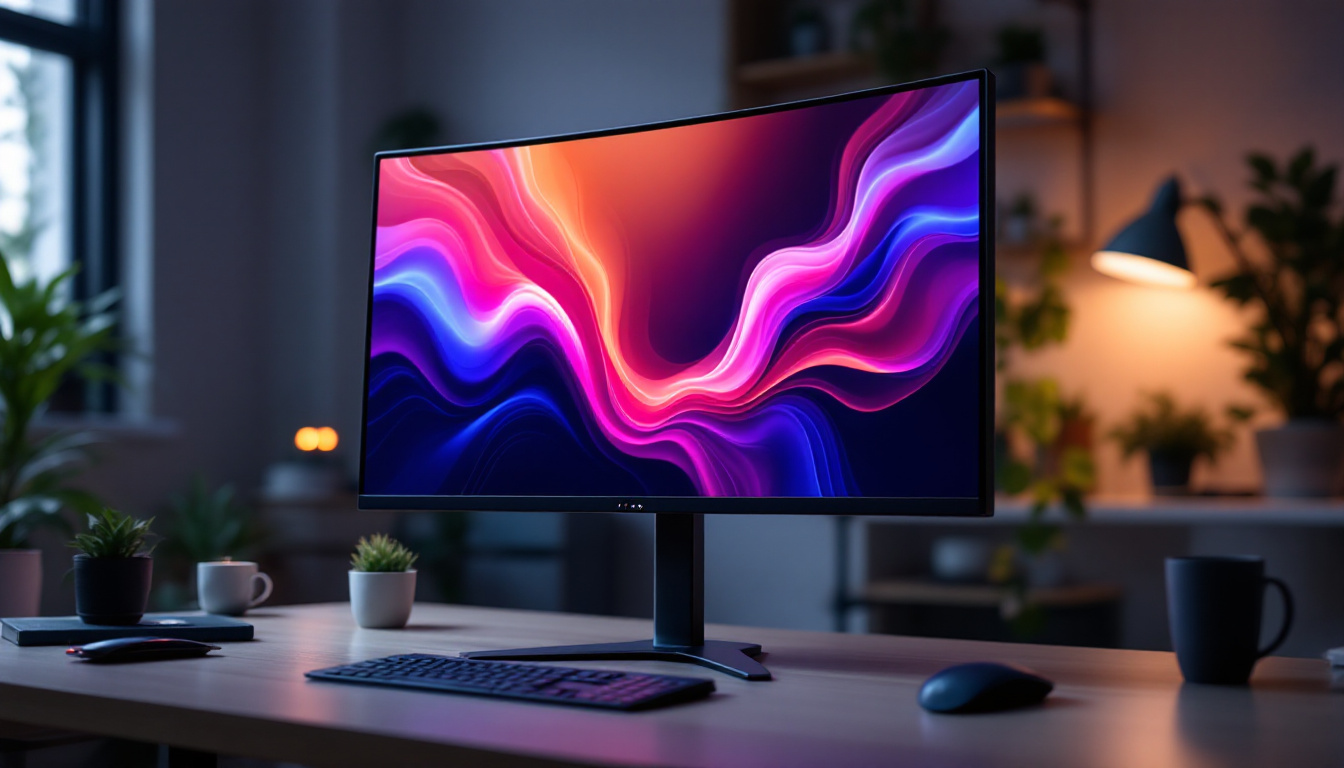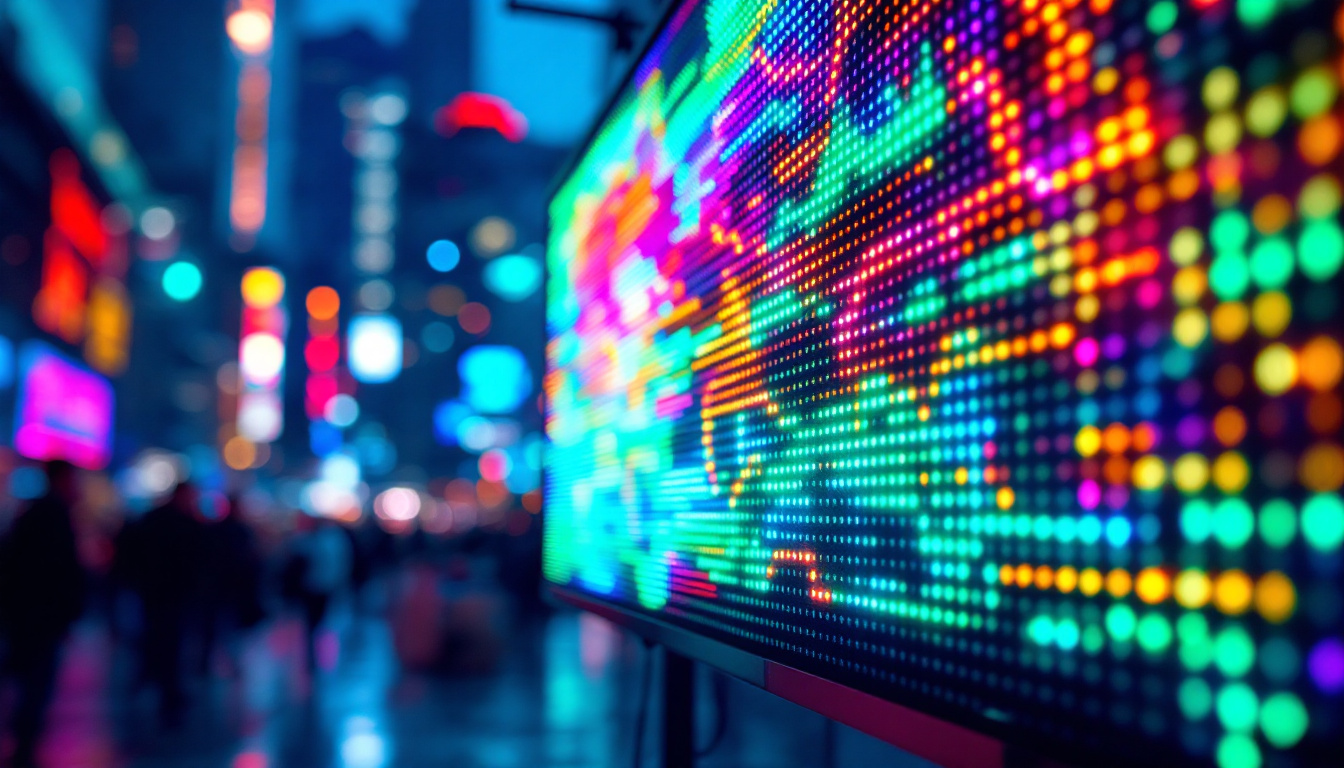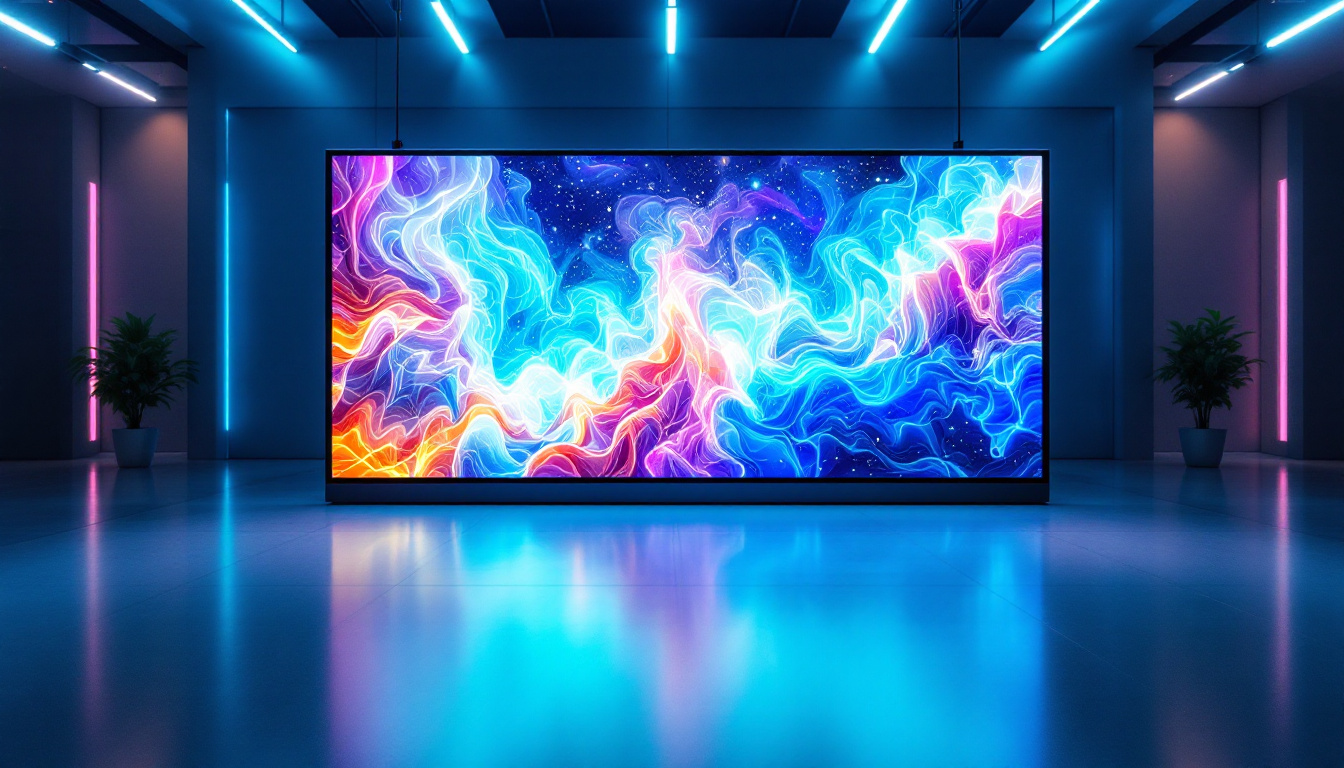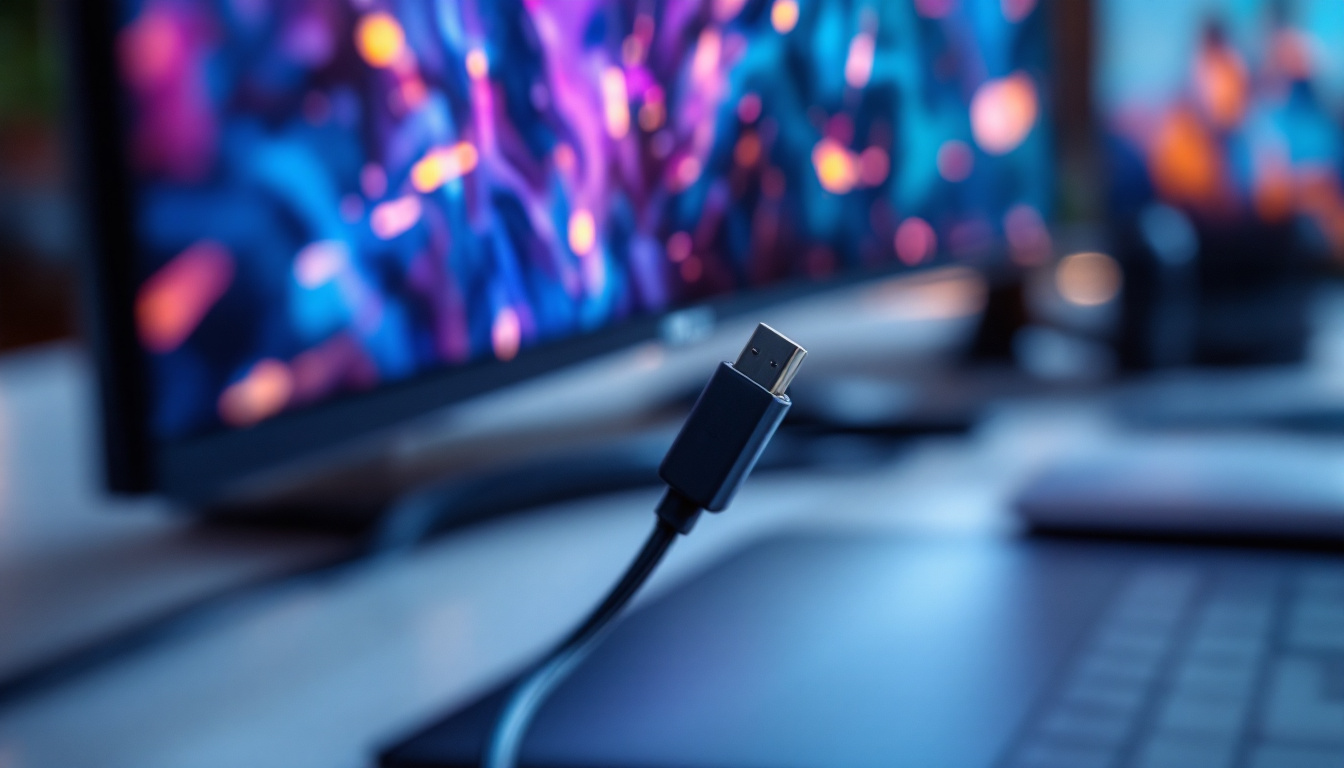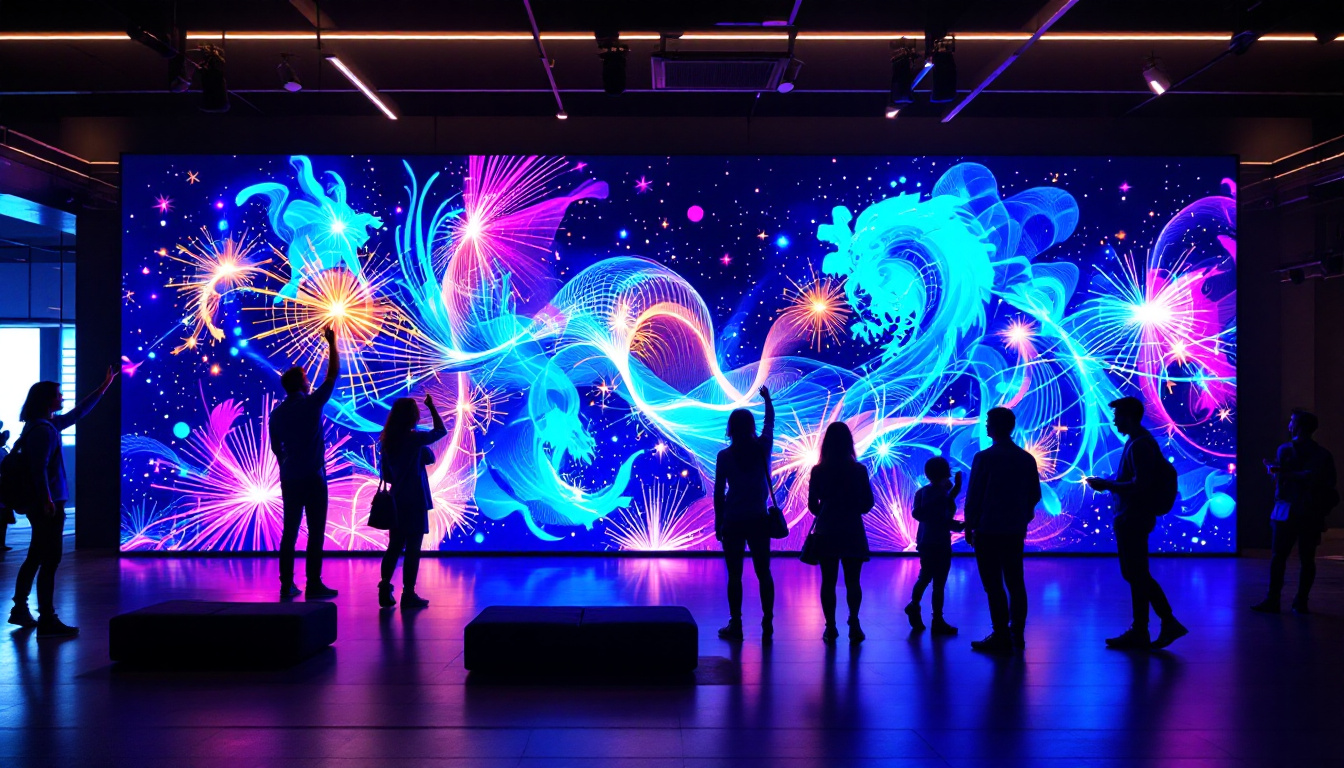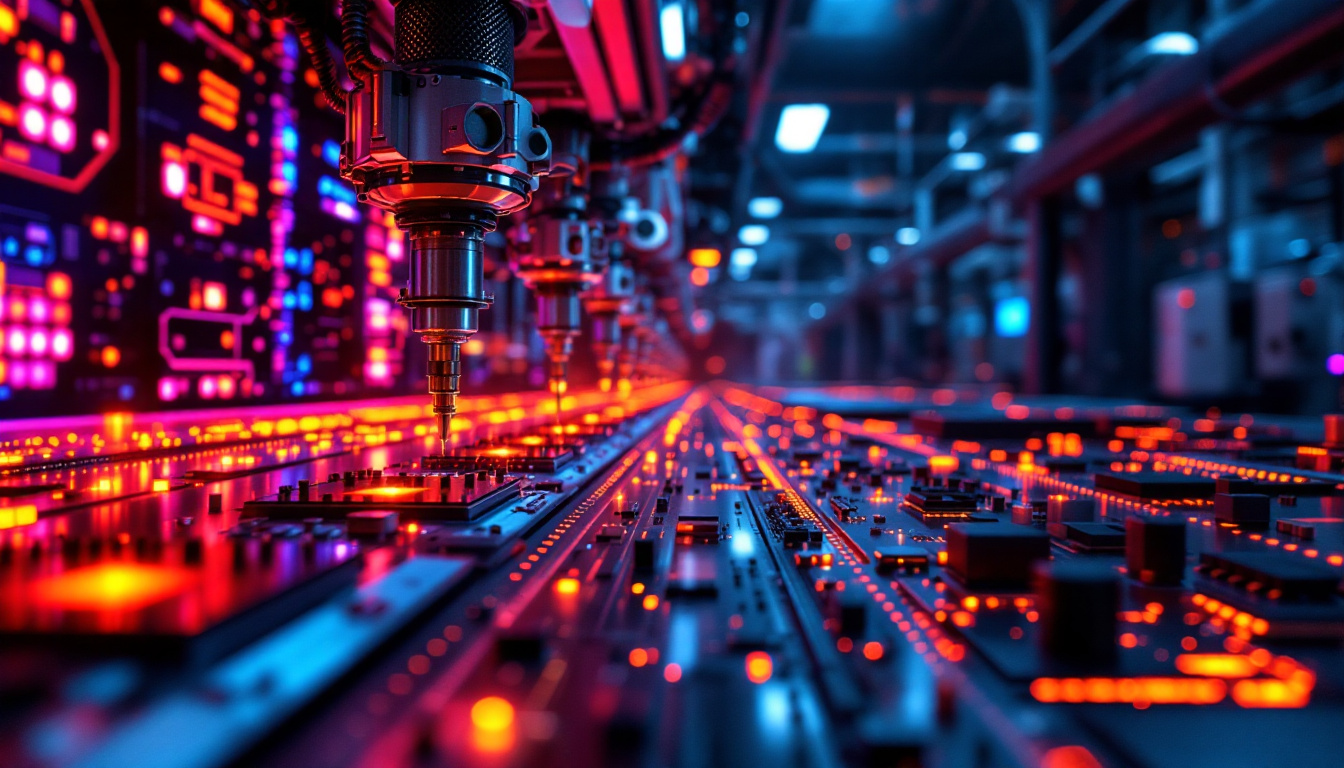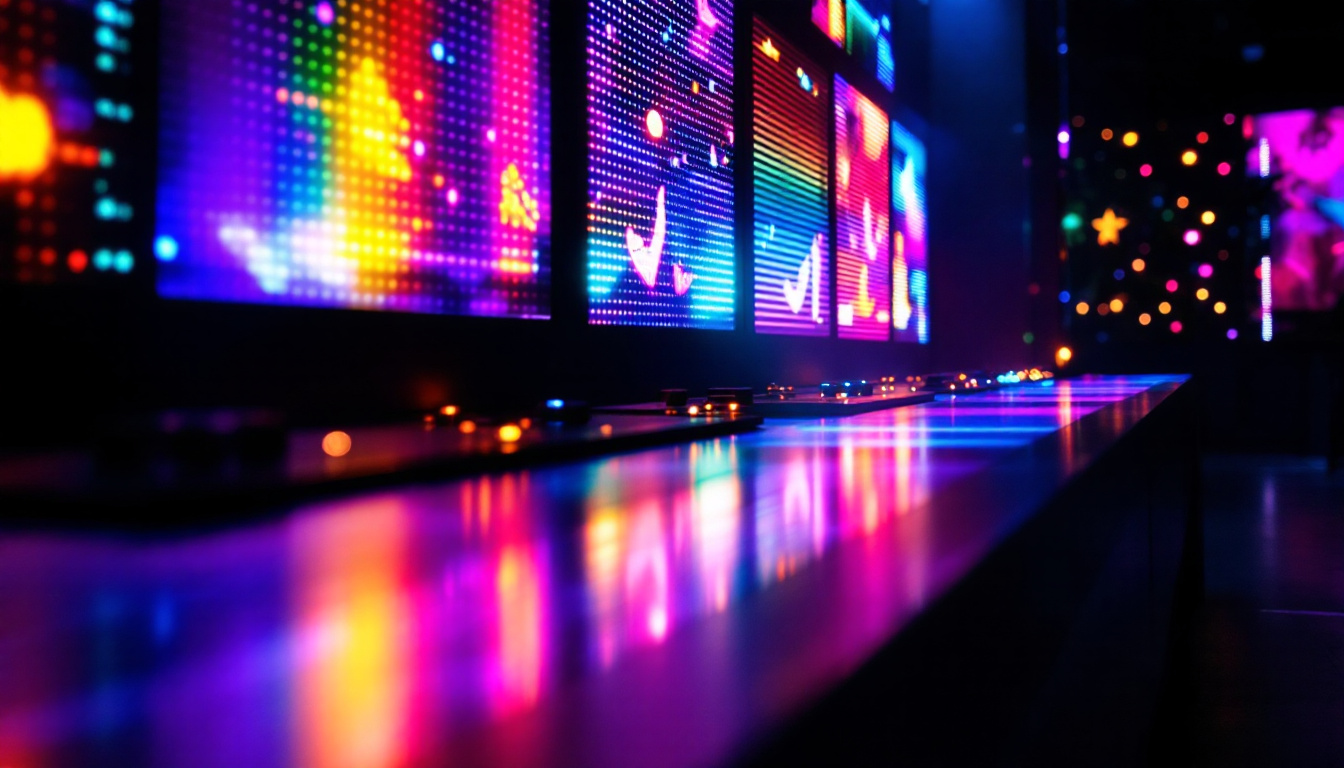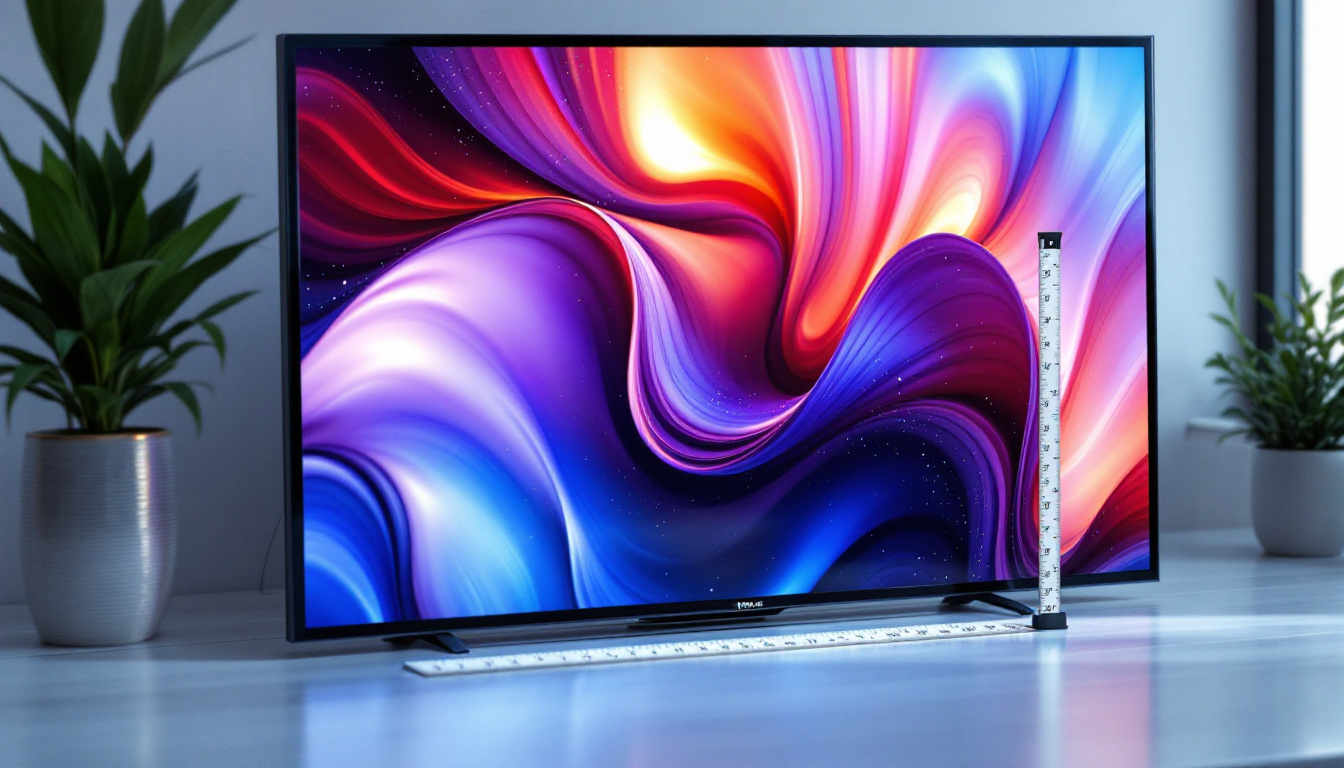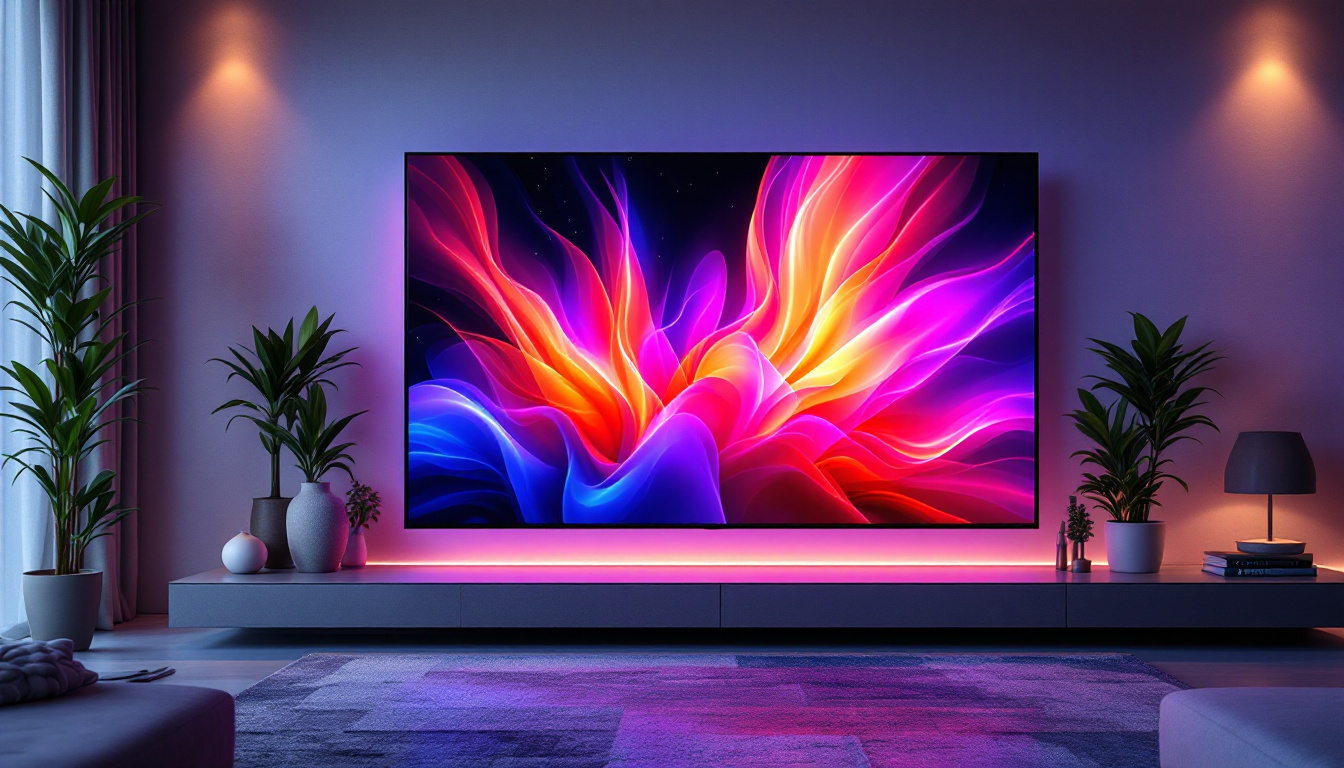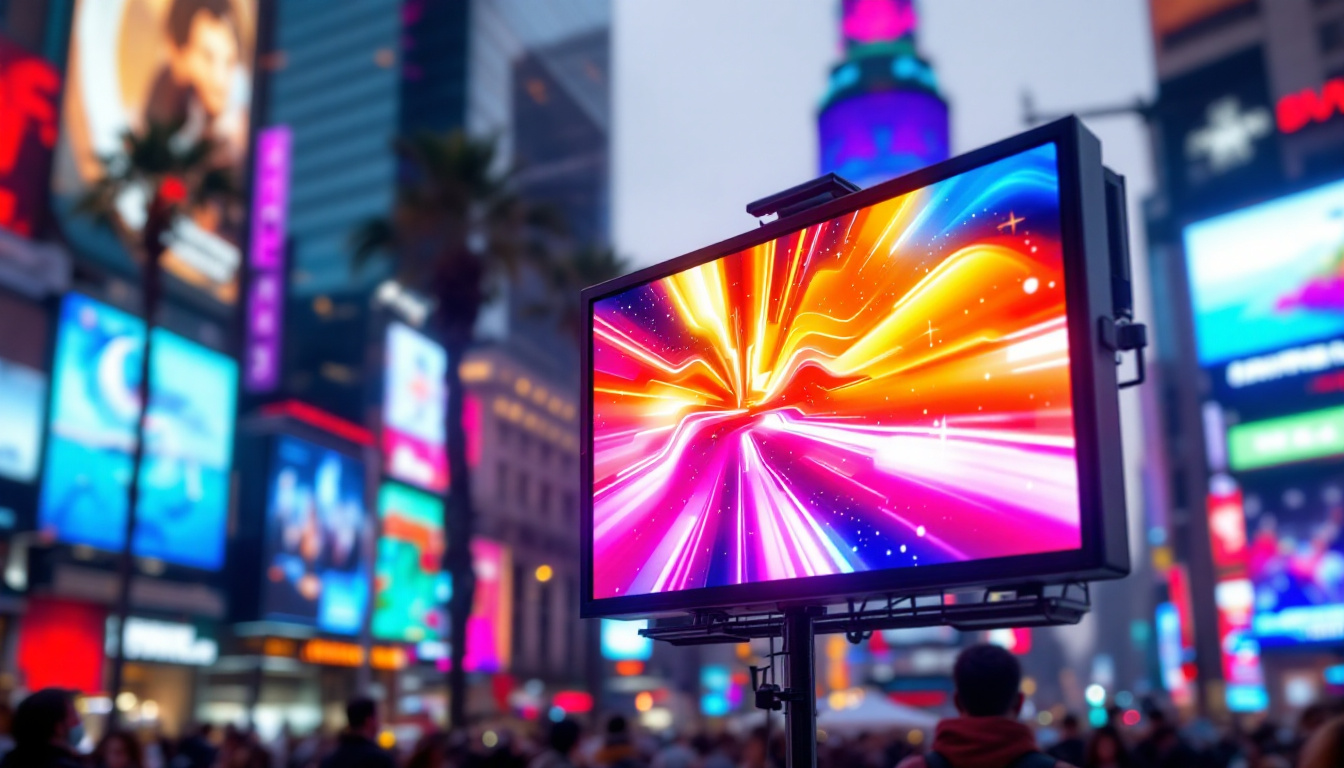In the world of modern electronics, LCD (Liquid Crystal Display) panels have become ubiquitous, powering everything from smartphones to large-screen televisions. At the heart of these displays lies the LCD panel driver board, a crucial component that manages the display’s functionality. Understanding how these driver boards work can provide insights into the technology behind LED displays and enhance appreciation for the devices that utilize them.
What is an LCD Panel Driver Board?
The LCD panel driver board is an electronic circuit board that controls the operation of an LCD panel. It acts as an interface between the display and the video source, translating signals into visual output. The driver board is responsible for managing the pixels on the screen, ensuring that images are rendered accurately and efficiently. This crucial component plays a significant role in the overall performance of the display, impacting everything from color accuracy to response times.
Key Functions of the Driver Board
One of the primary functions of the LCD panel driver board is to convert digital signals from a video source into analog signals that can be used by the LCD panel. This conversion is essential because LCD technology relies on liquid crystals that require precise voltage levels to manipulate light and produce images. The driver board also adjusts the brightness and contrast of the display by controlling the backlight, which is vital for achieving vibrant colors and deep blacks.
In addition to signal conversion, the driver board also manages the timing and synchronization of the display. It ensures that the pixels are activated in the correct sequence and at the right intervals, which is crucial for maintaining image stability and clarity. Without a properly functioning driver board, the display may exhibit issues such as flickering or ghosting. Furthermore, advanced driver boards can incorporate features like dynamic refresh rates, which adapt to the content being displayed, enhancing the viewing experience by reducing motion blur during fast-paced scenes.
Components of an LCD Driver Board
An LCD panel driver board is composed of several key components that work together to ensure optimal performance. These include:
- Microcontroller: This is the brain of the driver board, responsible for processing input signals and controlling the overall operation of the display.
- Voltage Regulators: These components ensure that the correct voltage levels are supplied to the LCD panel, which is critical for its operation.
- Signal Processors: These chips handle the conversion of digital signals to analog, as well as the timing and synchronization of the display.
Additionally, many modern LCD driver boards incorporate integrated circuits (ICs) that enhance functionality and reduce the overall size of the board. These ICs can include features such as built-in memory for frame buffering, which helps to smooth out transitions between images and reduces latency. Moreover, some driver boards are designed with power-saving technologies that optimize energy consumption, making them more efficient and environmentally friendly. As technology advances, the integration of these components continues to evolve, leading to thinner, lighter displays with improved performance characteristics.
Understanding LED Displays
LED displays are a type of LCD that utilizes light-emitting diodes (LEDs) as a backlight source. This technology has gained popularity due to its energy efficiency, brightness, and color accuracy. LED displays can be found in a variety of applications, from televisions to advertising billboards. The versatility of LED technology allows it to be adapted for various environments, whether indoors or outdoors, making it a preferred choice for many industries.
In addition to their widespread use in consumer electronics, LED displays are also making significant strides in the realm of digital signage. Businesses are increasingly turning to LED screens to capture the attention of potential customers with vibrant visuals and dynamic content. This shift not only enhances brand visibility but also allows for real-time updates and interactive advertising, which can significantly boost customer engagement.
How LED Technology Enhances LCD Performance
LED backlighting significantly improves the performance of LCD panels by providing brighter and more vibrant colors. Traditional LCDs use fluorescent lamps for backlighting, which can result in uneven brightness and less accurate color reproduction. In contrast, LED backlighting allows for localized dimming, enhancing contrast ratios and enabling deeper blacks. This capability is particularly beneficial for watching movies or playing video games, where visual depth and detail are crucial for an immersive experience.
Moreover, LED displays consume less power compared to their fluorescent counterparts, making them more environmentally friendly and cost-effective in the long run. This efficiency is particularly advantageous in portable devices, where battery life is a critical concern. As technology continues to evolve, manufacturers are finding ways to further optimize energy consumption, leading to even more sustainable practices in the production and usage of LED displays.
The Role of the Driver Board in LED Displays
In LED displays, the driver board plays a vital role in managing the backlighting. It controls the intensity of the LEDs, allowing for dynamic adjustments based on the content being displayed. For instance, during dark scenes in a movie, the driver board can reduce the brightness of the backlight, enhancing the viewing experience while conserving energy. This adaptability not only improves picture quality but also prolongs the lifespan of the display by reducing wear on the components.
Furthermore, the driver board ensures that the color balance is maintained across the display. By precisely controlling the voltage supplied to each LED, the driver board can achieve accurate color reproduction, which is essential for applications requiring high fidelity, such as graphic design and video editing. In advanced LED displays, the driver board may also incorporate features such as color calibration and gamma correction, further enhancing the visual output and ensuring that colors remain consistent across different viewing angles. This level of precision is particularly important in professional settings where color accuracy is paramount, such as in photography studios and film production houses.
Types of LCD Panel Driver Boards
There are several types of LCD panel driver boards, each designed for specific applications and display technologies. Understanding these variations can help in selecting the appropriate driver board for a given project or device.
Integrated Driver Boards
Integrated driver boards combine the functions of the driver and other components into a single unit. These boards are often used in compact devices, such as smartphones and tablets, where space is limited. By integrating multiple functions, these boards reduce the overall size and complexity of the device, making them ideal for portable applications.
Modular Driver Boards
Modular driver boards, on the other hand, are designed for flexibility and scalability. These boards can be easily customized or expanded to accommodate different display sizes or resolutions. They are commonly used in larger displays, such as those found in digital signage and advertising applications, where multiple panels may need to be synchronized.
Custom Driver Boards
For specialized applications, custom driver boards can be developed to meet specific requirements. These boards are tailored to the unique needs of a project, whether it involves unique display sizes, resolutions, or functionalities. Custom driver boards are often employed in industrial applications, medical devices, and other specialized fields where standard solutions may not suffice.
Challenges in LCD Panel Driver Board Design
Designing an effective LCD panel driver board comes with its own set of challenges. Engineers must consider various factors to ensure optimal performance and reliability.
Heat Management
Heat generation is a significant concern in electronic components, including driver boards. As the driver board processes signals and manages the display, it can generate heat, which may affect its performance and lifespan. Effective heat management strategies, such as heat sinks or thermal pads, are essential to maintain optimal operating temperatures.
Signal Integrity
Maintaining signal integrity is crucial for the performance of the LCD panel. Any interference or degradation of the signal can lead to display artifacts, such as flickering or color distortion. Engineers must design the driver board with careful attention to trace routing, grounding, and shielding to minimize these issues.
Power Efficiency
As energy efficiency becomes increasingly important in electronic design, driver boards must be optimized for low power consumption. This involves selecting energy-efficient components and implementing power-saving features, such as dynamic voltage scaling, to reduce overall power usage without compromising performance.
Future Trends in LCD Panel Driver Technology
The landscape of LCD panel driver technology is continuously evolving, driven by advancements in display technology and consumer demands. Several trends are shaping the future of driver boards.
Increased Integration
As technology progresses, there is a growing trend towards increased integration of components on driver boards. This integration not only reduces size and complexity but also enhances performance by minimizing signal delays and improving reliability. Future driver boards may incorporate additional functionalities, such as built-in image processing capabilities, further streamlining design.
Smart Features
With the rise of smart devices, driver boards are expected to incorporate more intelligent features. This may include adaptive brightness control, which adjusts the display based on ambient light conditions, or advanced color calibration processes that ensure consistent color reproduction across different devices. These smart features will enhance user experiences and broaden the applications of LCD displays.
Eco-Friendly Designs
As sustainability becomes a priority in electronics manufacturing, future driver boards will likely focus on eco-friendly designs. This includes the use of recyclable materials, energy-efficient components, and designs that minimize waste during production. Manufacturers are increasingly recognizing the importance of reducing their environmental impact, and driver board design will play a significant role in this effort.
Conclusion
The LCD panel driver board is a critical component that enables the functionality of LCD and LED displays. Its role in converting signals, managing pixel activation, and ensuring optimal performance cannot be overstated. As technology continues to advance, the design and capabilities of driver boards will evolve, leading to even more efficient and versatile display solutions.
Understanding the intricacies of LCD panel driver boards not only enhances appreciation for the technology behind our devices but also highlights the importance of innovation in the field of electronics. As new challenges arise and consumer demands shift, the future of LCD panel driver technology promises to be exciting and full of potential.
Discover Cutting-Edge LED Display Solutions with LumenMatrix
As you’ve seen, the LCD panel driver board is fundamental to the performance of modern displays. If you’re looking to elevate your visual communication with the latest in LED display technology, look no further than LumenMatrix. Our extensive range of innovative LED display modules, including Indoor and Outdoor LED Walls, Vehicle Displays, LED Posters, Sports and Floor Displays, Custom Solutions, All-in-One, and Transparent Displays, are designed to captivate your audience and amplify your message. Experience the future of digital signage with LumenMatrix and transform your space into a dynamic visual experience. Check out LumenMatrix LED Display Solutions today and see the difference for yourself.

